
Overall Rating

Plus & Minus
Plus Multiple drive options; strong performance; normality of form factor
Minus Limited electric range; could use AWD; niche interest in Australia
The Wheels Verdict: Mercedes-Benz is set to release a host of new mains-rechargeable hybrids down under in 2020. As one of the first, the A250e teams the MBUX tech onslaught of the A-Class interior with a clever hybrid system offering owners more options in terms of range. An oh-so-brief test drive leaves us wanting to explore it more – which is a good start.
WHAT IS IT?
The A250e is a plug-in hybrid with a 15.6kWh battery pack powering an electric motor. It presents 60-68km of tailpipe emissions-free range (WLTP) with the benefit of being able to harness the 1.3-litre four-cylinder petrol engine for longer journeys.
WHY WE'RE TESTING IT
The A250e is an important first step in a planned global rollout of 20 hybrid models for Mercedes-Benz. Is it just a stopgap to a full EV? The German marque doesn’t think so.
THE WHEELS REVIEW
It seems odd to say, but the USP of the Mercedes-Benz A-Class could be the fact that it’s a model tailor-made for its intended customers. It has driveway badge cachet, the design is luxury-led and the interior is packed with both visual and technological surprise and delight.
As a diminutive status piece from the Three Pointed Star, it packs all the right punches for its intended audience. And now, Mercedes is adding electric power to its arsenal.
Read also: Mercedes-Benz A-Class plug-in hybrids on their way
Instead of going down the pure EV route, Mercedes has chosen to take a plug-in hybrid approach. This means that the A-Class gains a 15.6kWh battery pack in the rear that supplies power to an electric motor driving the front wheels. Official WLTP range figures claim that the hatch is good for up to 68km on the battery’s juice alone, while the sedan takes you a kilometer further thanks to its more slippery drag coefficient. Combined consumption is 1.4-1.5L/100km for the hatch (1.4L for sedan).
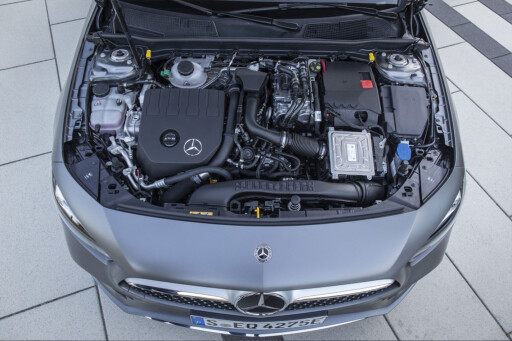
The 1.3-litre four-cylinder turbo is mated to an eight-speed dual-clutch transmission, and, when the petrol engine and electric motor are firing in parallel, the A250e produces a combined output of 160kW and 450Nm of torque. While the kilowatt count is down five on the regular A250, the pulling power jumps 100Nm and helps get the plug-in-hybrid version to 100km/h in a mere 6.6 seconds. That’s getting into hot hatch territory.
Inside, the A250e carries over the regular A-Class cabin – which is a good thing. The twin 10.25-inch screens dominate the dash, with one screen forward of the driver for the customisable instrument cluster and the other, a touchscreen, for the MBUX infotainment.
The plug-in hybrid gains an EQ menu, which has an almost inexhaustible series of menus and information screens to help you increase your consumption and monitor your driving habits and eco-friendliness. The c.150kg battery pack doesn’t hinder space in the rear, while a forward-exiting exhaust has been designed to aid positioning of the hybrid hardware.

The test route was extremely limited, with only a short autobahn blast mixed in with city driving through Frankfurt’s busy streets. That range of up to 68km means that, for most Australians at least, it’s feasible to solely rely on the electric motor and battery for commuting. In electric mode, where the 118kW/250Nm 1.3-litre petrol four-cylinder engine (co-developed with Renault) remains dormant, there is a decent swell of torque on offer, the combustion engine rejoining the fray at 140km/h.
The transition to the combustion engine is relatively seamless and in Sport mode you have access to both power types, which results in brisk performance. Given the 450Nm combined torque figure, it would have been preferable had Mercedes been able to engineer the A250e with the 4MATIC all-wheel-drive system that’s available in the regular A250. Combine all that torque with eco-focused rubber and it’s easy to chirp the front tyres, even in dry conditions. The ride quality is largely unchanged and there weren’t enough corners on the test route to determine if the extra weight has had a materially detrimental effect on dynamics.
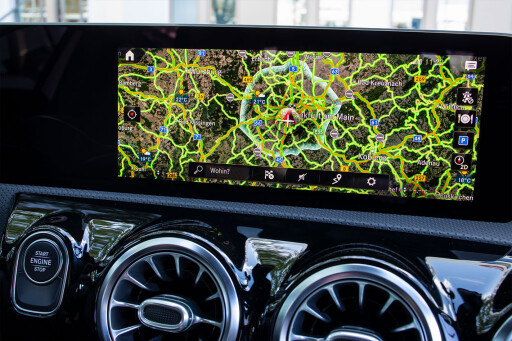
Pricing for Australia is yet to be revealed, but estimates place it in the $60,000 ballpark with a predicted arrival in the first quarter of 2020. Ultimately, the A250e plug-in hybrid isn’t a fully futuristic pure EV but, for many, that’s no bad thing. You’re afforded frugal, zero-emissions driving when you want it, yet aren’t hamstrung to a charging network if your route extends beyond the CBD. There’s a lot to be said for blending this versatility with the A-Class’ inherent sense of occasion. A qualified thumbs up, then.

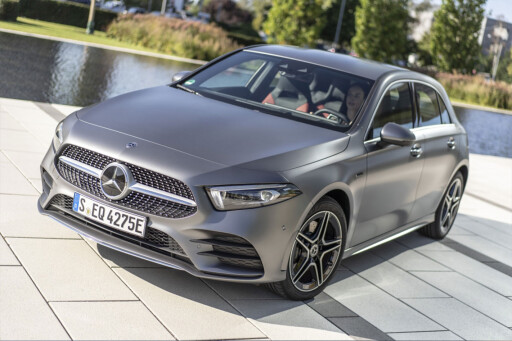
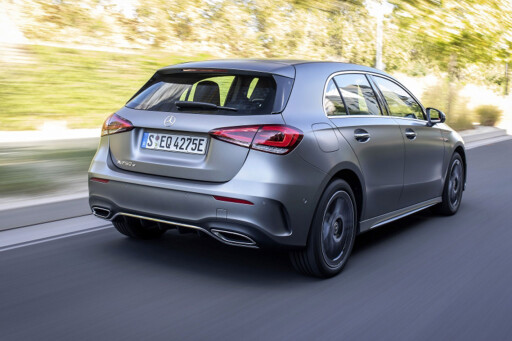
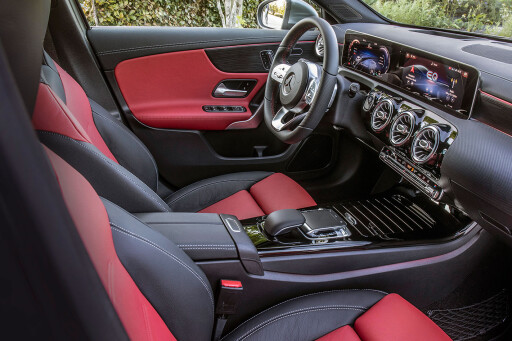
COMMENTS